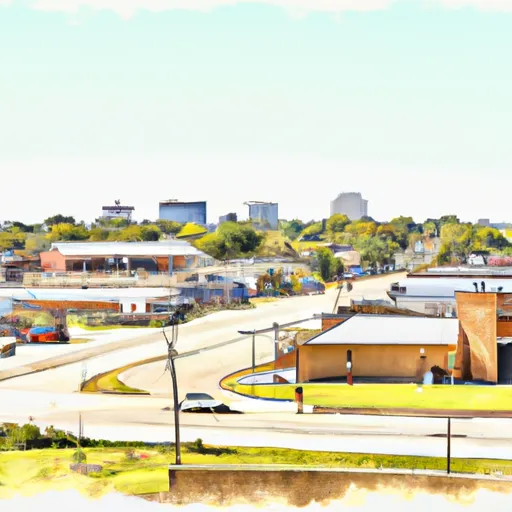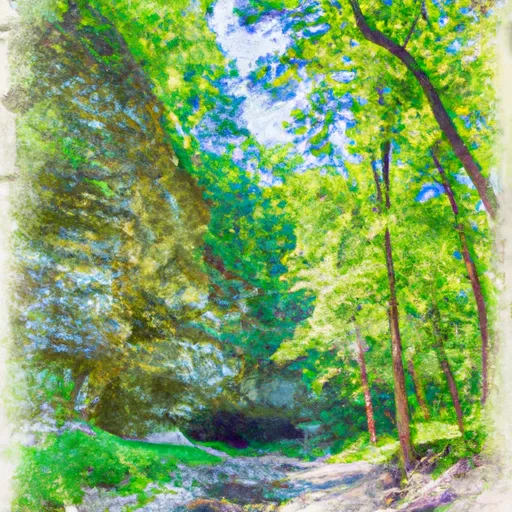°F
°F
mph
Windspeed
%
Humidity











Shelbyville, Texas is a small, charming town located in East Texas. The climate in Shelbyville is characterized as humid subtropical, with mild winters and hot, humid summers. Average temperatures range from the 50s in winter to the 90s in summer. The area receives a moderate amount of rainfall throughout the year, with the wettest months being May and October.
Situated in the Deep East Texas Piney Woods, Shelbyville is surrounded by beautiful natural landscapes. The town is known for its proximity to Toledo Bend Reservoir, a sprawling 185,000-acre lake. This makes it an ideal destination for outdoor enthusiasts who enjoy activities such as fishing, boating, and water skiing. The reservoir is abundant with various species of fish, including bass, catfish, and crappie, attracting anglers from near and far.
Additionally, hiking and camping opportunities abound in Shelbyville. The nearby Sabine National Forest offers numerous trails that showcase the region's stunning flora and fauna. Nature lovers can explore the forest's dense forests, tranquil streams, and picturesque vistas.
In summary, Shelbyville, Texas offers visitors an enjoyable climate, ample hydrological resources, and plenty of outdoor recreation opportunities. Whether it's fishing on Toledo Bend Reservoir or exploring the natural beauty of the Sabine National Forest, Shelbyville provides a welcoming environment for nature enthusiasts to indulge in their favorite activities.
Weather Forecast
Shelbyville receives approximately 1332mm of rain per year, with humidity levels near 89% and air temperatures averaging around 19°C. Shelbyville has a plant hardyness factor of 8, meaning plants and agriculture in this region tend to thrive here all year round.
Regional Streamflow Levels
1,090
Cubic Feet Per Second
7,250
Cubic Feet Per Second
32
Cubic Feet Per Second
36
Cubic Feet Per Second
Nearby Camping
| Camping Area | Reservations | Toilets | Showers |
|---|---|---|---|
| Indian Mounds | |||
| Twin Dikes - Sam Rayburn Reservior | |||
| Mill Creek - Sam Rayburn Reservoir | |||
| San Augustine - Sam Rayburn Reservoir | |||
| Willow Oak | |||
| Red Hills Lake |



